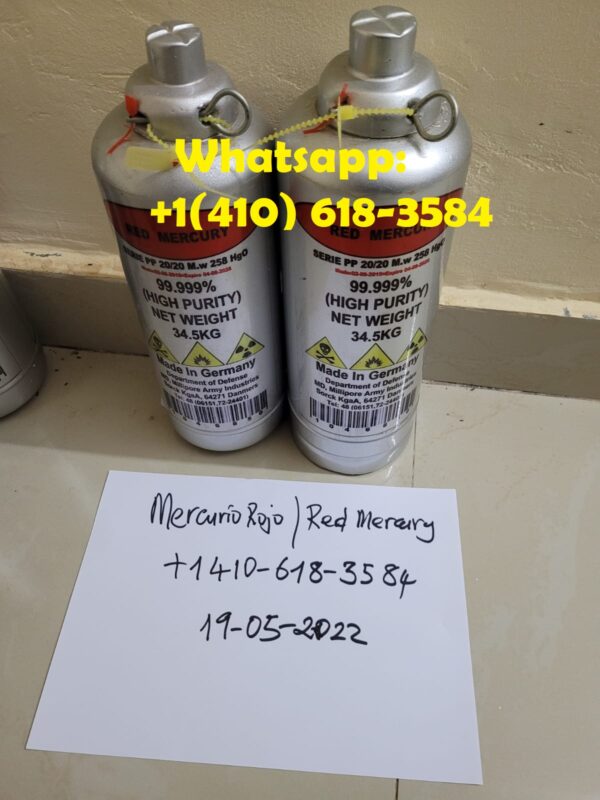Що таке червона рідка ртуть?
What Is Червона рідка ртуть?, Many scientists have dismissed “RED MERCURY” as a hoax, but it is real, therefore may be posing a severe danger to global efforts to restrict the proliferation of nuclear weapons.
The red pigment obtained from either natural or artificial cinnabar is known as vermillion. Cinnabar is a naturally occurring mercuric sulfide (HgS).
Iodide of Mercury (II). Red mercury is the alpha crystalline form of mercury (II) iodide, which transforms to the yellow beta form at 127 C.
Any red-colored mercury compound with a Russian source.
Red can also be defined as communist in the context of the Cold War. Although it’s unlikely that anyone today uses red mercury in this way, it’s a possibility.
A ballotechnic mercury compound that is most likely red in color
Ballotechnics are compounds that have a high energy reaction when subjected to high-pressure shock compression. The prospect of an explosive version of mercury antimony oxide has sparked a vigorous debate on Google’s Sci.Chem forum. Що таке червона рідка ртуть?
According to some reports, red mercury is a cherry-red semi-liquid created in a Russian nuclear reactor by irradiating elemental mercury with mercury antimony oxide. Some believe red mercury is so explosive that it may be utilized to start a fusion reaction in tritium or a deuterium-tritium mix. Because pure fusion devices don’t require fissionable material, it’s easy to obtain the materials needed to build them and transport them from one location to another.
Other sources include a documentary in which a report on Hg2Sb207 with a density of 20.20 Kg/dm3 may be read. Mercury antimony oxide, in the form of a low-density powder, could be useful as a ballotechnic material. The high-density substance appears to be improbable. Using a ballotechnic substance in a fusion device would also appear to be unnecessarily risky (to the maker). HgSbO, a liquid explosive manufactured by DuPont laboratories and classified in the worldwide chemical register as number 20720-76-7, is mentioned in one intriguing source.
A new nuclear material’s military code name
This description stems from the exorbitant amounts demanded and paid for a chemical known as red mercury, which was produced in Russia. In contrast to cinnabar, the price ($200,000-$300,000 per kilogram) and trade restrictions were commensurate with a nuclear substance.
Red Mercury Is Suspected in Sewing Machines
Have you got an old Singer sewing machine lying around? If that’s the case, it could be worth $50,000. In Saudi Arabia, the BBC reported on a sewing machine hoax in which consumers rushed to buy ancient Singer sewing machines after hearing that they might contain red mercury. Що таке червона рідка ртуть?
Nobody knows where the story arose, much less the even stranger rumor that you can detect the presence of red mercury by holding your phone up to a sewing machine. According to legend, if you hold your phone up to the needle of a sewing machine that contains red mercury, you will lose your signal.
Mercury Facts in General
- In earlier writings, mercury compounds having the +2 oxidation state were referred to as’mercuric.’ HgCl2 was previously known as mercuric chloride.
- In earlier writings, mercury compounds with the +1 oxidation state were referred to as’mercurous.’ Hg2Cl2 was previously known as mercurous chloride.
- Mercury is quite uncommon in nature. Cinnabar (mercury(I) sulfide – HgS) is used to extract mercury. It is obtained by heating the ore and collecting the resulting mercury vapor.
- Mercury is also referred to as ‘quicksilver.’
- At ordinary room temperatures, mercury is one of the few elements that is liquid.
- Mercury and its compounds are extremely toxic. Mercury is easily absorbed through intact skin, the respiratory tract, and the gastrointestinal tract. It’s a poison that builds up over time.
- Mercury is highly flammable in the atmosphere. When mercury vapor is saturated in room temperature air (20°C), the concentration far surpasses the hazardous limit. At increasing temperatures, the concentration, and hence the risk, increases.
- All metals, according to early alchemists, had variable amounts of mercury. Many experiments to convert one metal into another employed mercury.
- Mercury was combined into numerous medications by Chinese alchemists who believed it improved health and lengthened life.
- Mercury rapidly forms amalgams, or metal alloys, with other metals. In Latin, the phrase amalgam literally means “mercury alloy.”
- Mercury will mix with the noble gases argon, krypton, neon, and xenon as a result of an electrical discharge.
- Mercury is a heavy metal band. Despite having a higher density than mercury, many metals are not classified as heavy metals. This is due to the fact that heavy metals are both dense and poisonous.

